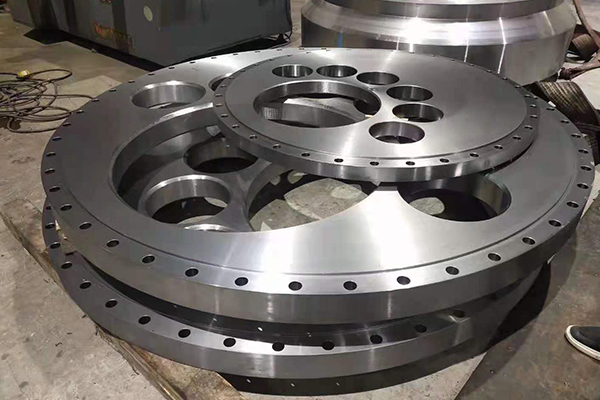1. Flat welding: only welding the outer layer, do not need to weld the inner layer; Generally used in medium and low pressure pipelines, the nominal pressure of pipe fittings should be less than 2.5mpa. There are three kinds of sealing surface of flat welding flange, respectively smooth type, concave and convex type and tenon groove type, which is widely used in smooth type, and affordable, cost-effective.
2. Butt welding: the inner and outer layers of the flange should be welded. It is generally used for medium and high pressure pipelines, and the nominal pressure of the pipeline is between 0.25 and 2.5MPa. The sealing surface of butt welding flange connection is concave-convex, installation is more complex, so the labor cost, installation method and auxiliary material cost are relatively high.
3. Socket welding: generally used for pipes with nominal pressure less than or equal to 10.0mpa and nominal diameter less than or equal to 40mm.
4. Loose sleeve: generally used for the pressure is not high but the medium is more corrosive in the pipeline, so this kind of flange has strong corrosion resistance, the material is mainly stainless steel.

This kind of connection is mainly used for the connection of cast iron pipe, rubber lining pipe, non-iron metal pipe and flange valve, etc., the connection of process equipment and flange is also used flange connection.
Flange connection process is as follows: Flange and pipe connection should meet the following requirements:
1. The center of the pipe and flange should be on the same level.
2. The sealing surface of the pipe center and flange is 90 degrees vertical.
3. The position of flange bolts on the pipe should be consistent.
Post time: Apr-07-2022
